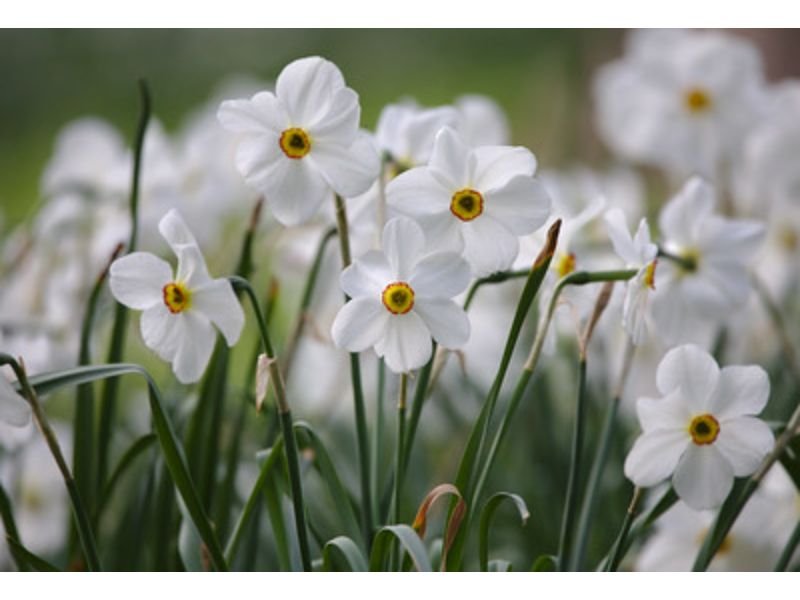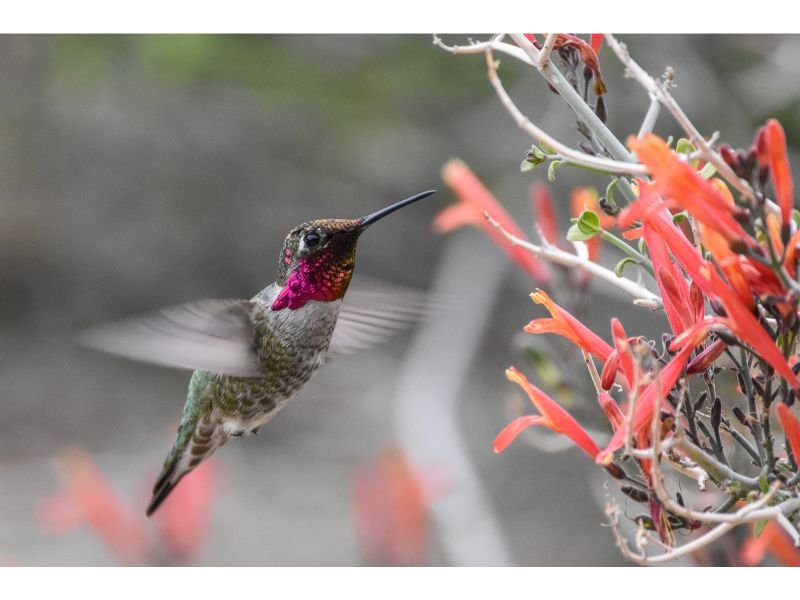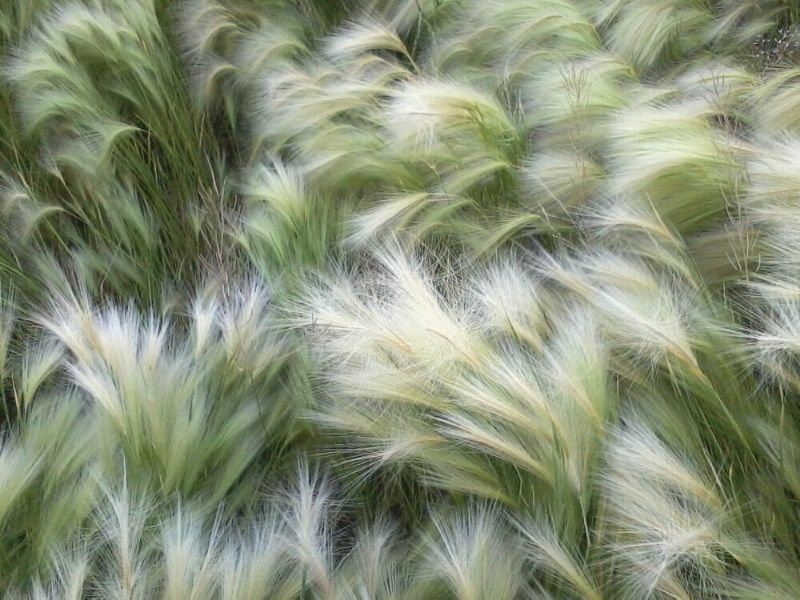Aside from being ornamental plants that bring more charm to your garden, many blue flowers are safe to eat. They could be an addition to your bowl of salad, as decorative ingredients to garnish your food, or even to warm your body during the harsh winter season in the form of a cup of tea. No matter what is your preferred style, here is a list of some edible blue flowers along with their health benefits! Make sure to clean and wash before consuming any of these blue edible flowers and do not consume a flower without professional medical advice.
Table of Contents
Edible Blue Flowers
Starflower
Botanical name: Borago officinalis

You may have never heard of these edible blue flowers before, but starflower is one of the most popular superstar ingredients among chefs–commonly used as a garnish. Part of the Boraginaceae Family, this annual flower is known for its unique star-shaped darker blooms that are surrounded by blue blooms and yellowish-white centers. Not just an ordinary beauty, previous research has shown that starflower is high in antioxidants and can be used to prevent cancer.
Wisteria
Botanical name: Wisteria sinensis
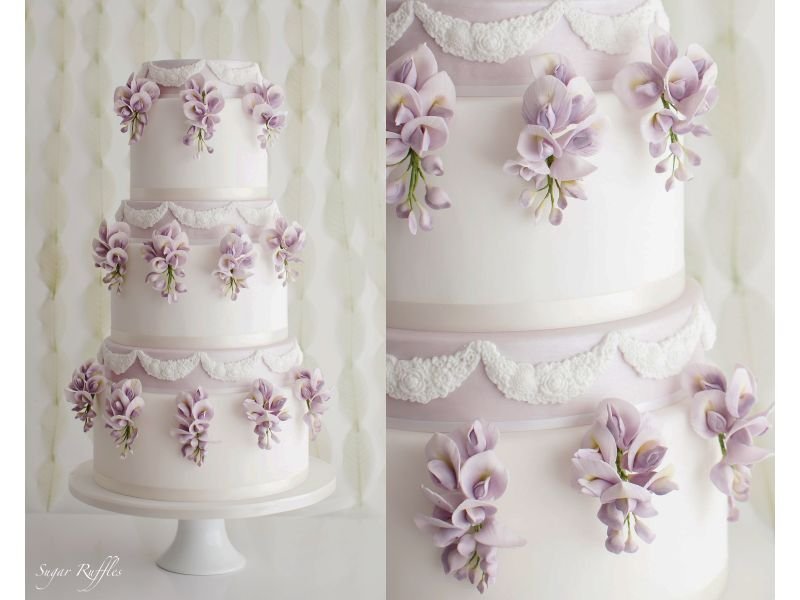
The delicate wisteria flower has groups of fragrant blue blooms that thrive individually on a stalk. When they bloom, these blue edible flowers would create a spectacular look for your garden and house. This hardy plant can grow vigorously up to 10 meters. As for the health benefits, wisteria contains useful chemical compounds such as flavonoid aglycones, and new acylated flavone glycoside chrysoeriol–all are rich in antioxidants and help to fight against tumors.
Anise Hyssop
Botanical name: Agastache ‘Blue Fortune’
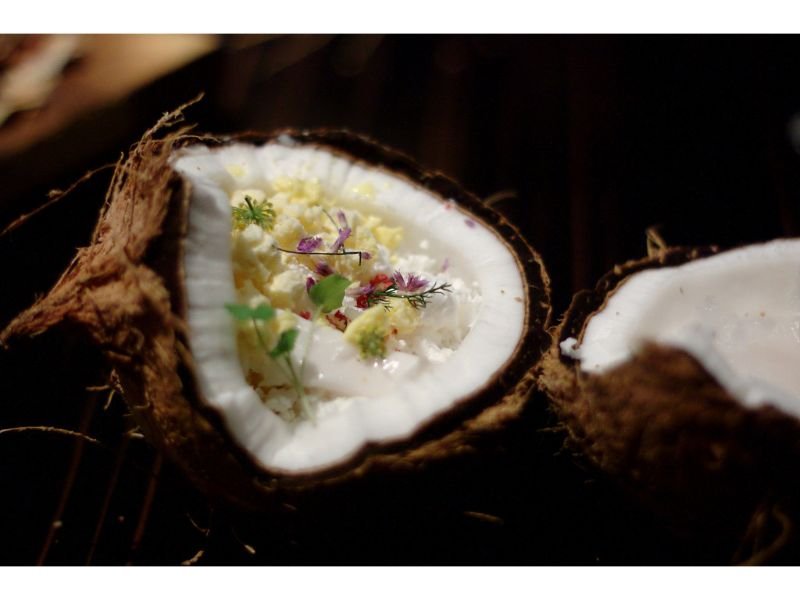
Like lavender, their close relative from the same Lamiaceae Family, anise hyssop is a perennial plant that produces fragrant blooms that are beneficial both as cut flowers and ornamental flowers. What’s more, these easy-to-maintain blue edible flowers are a source of anti-bacterial, anti-inflammatory, and expectorant agents to cure illnesses such as colds and flu. They’re mostly pests and diseases free too!
Forget-me-not
Botanical name: Myosotis sylvatica

With their unique common name, gorgeous pale blue 5-petaled tiny blooms, and easiness to grow almost in every hardiness zone, it’s no wonder why these flowers are well-known among plant lovers. But surprisingly, these edible blue flowers are not limited to being only used as ornamental flowers. According to a 2018 research that used forget-me-not as one of its samples, this flower contains several active ingredients such as antioxidants, phenolics, and flavonoids.
Asian Pigeonwings
Botanical name: Clitoria ternatea
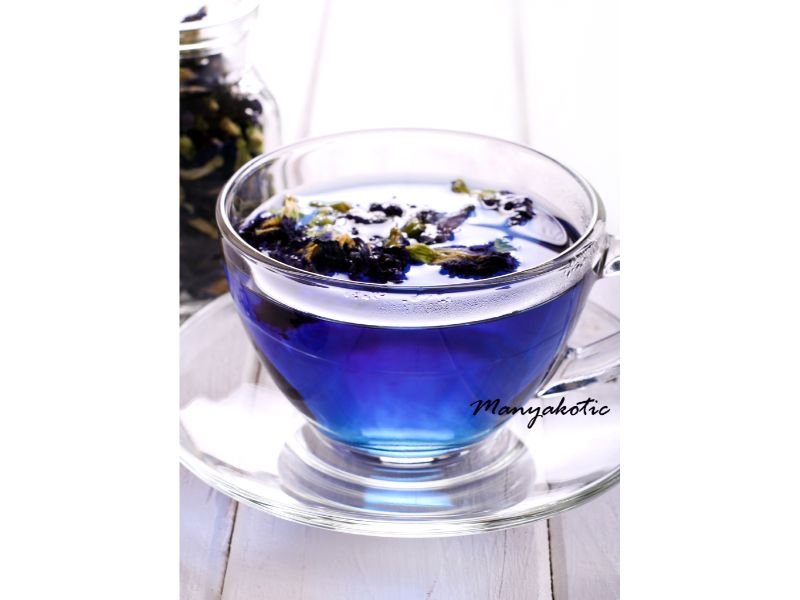
Also known as blue plea flowers or butterfly flowers, these edible blue flowers are native to Ternate Island, Indonesia, and thrive as far as India and Nepal, where these flowers are considered holy. Generally easy to take care of decorative plants with tiny blooms, Asian pigeonwings are also prized as beautiful flowers that are packed with flavonoids, antioxidants, and peptides.
Rosemary
Botanical name: Salvia rosmarinus
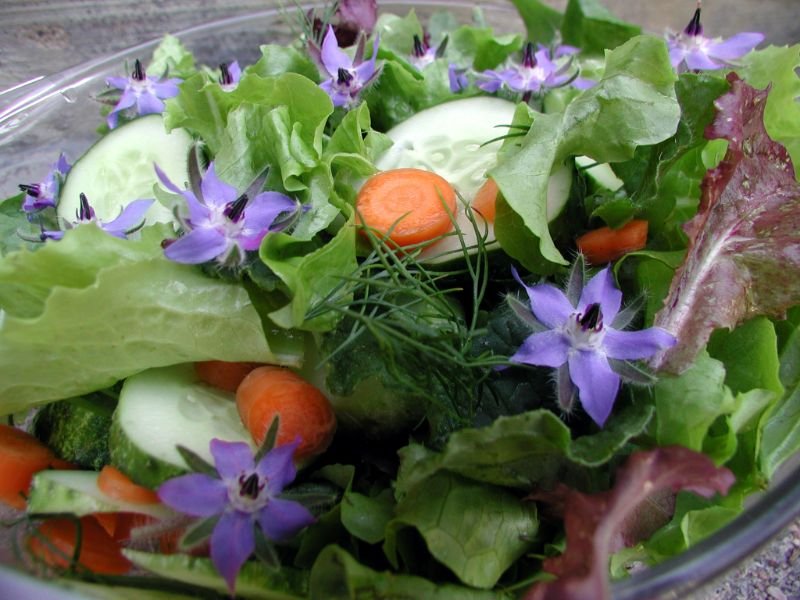
Is there something about rosemary that is not beneficial? Even though mostly known for its spiky green foliage, usually used for cooking, these blue edible flowers also produce such fragrance oil that is one of the favorite ingredients for perfume makers as well as skin and body care companies. Rosemary extract carries several compounds such as flavonoids, polyphenols, and diterpenes–compounds good anti-oxidant and anti-inflammatories, and can act as a preservative too.
Apricot Vine
Botanical name: Passiflora incarnata
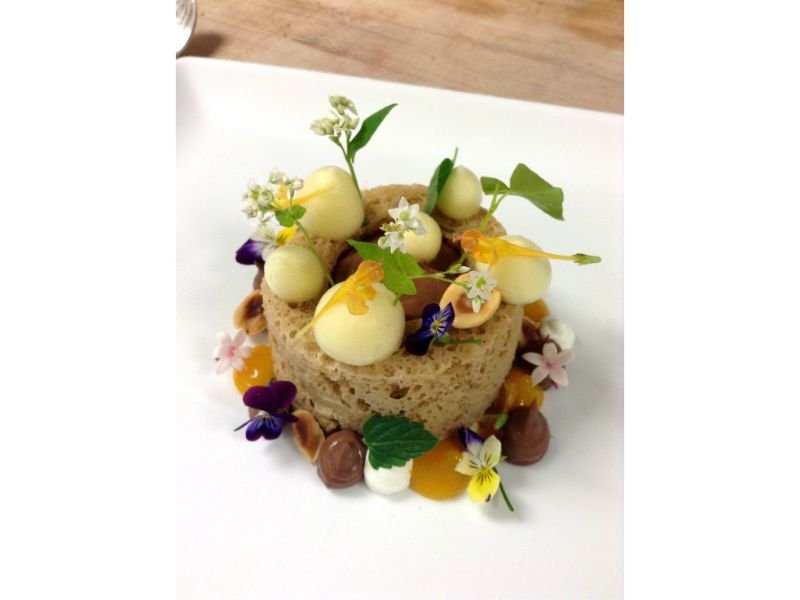
Don’t be confused by the name, the apricot vine or commonly known as the passion flower is not the same as apricot fruits. They belong to different families, but both offer many health benefits. These blue edible flowers have blooms with numerous petals that are surrounded by filaments and have been known for a long time as a sedative material to reduce psychology-related issues like anxiety, depression, and insomnia.
Common Blue Violet
Botanical name: Viola sororia

These annual and herbaceous perennials native to America may be tiny, but they can grow to just around 15 centimeters high. But these blue edible flowers are packed with vitamins that are useful to cure numerous illnesses from headache, sore throat, and cough, to constipation.
Lady’s Delight
Botanical name: Viola x wittrockiana
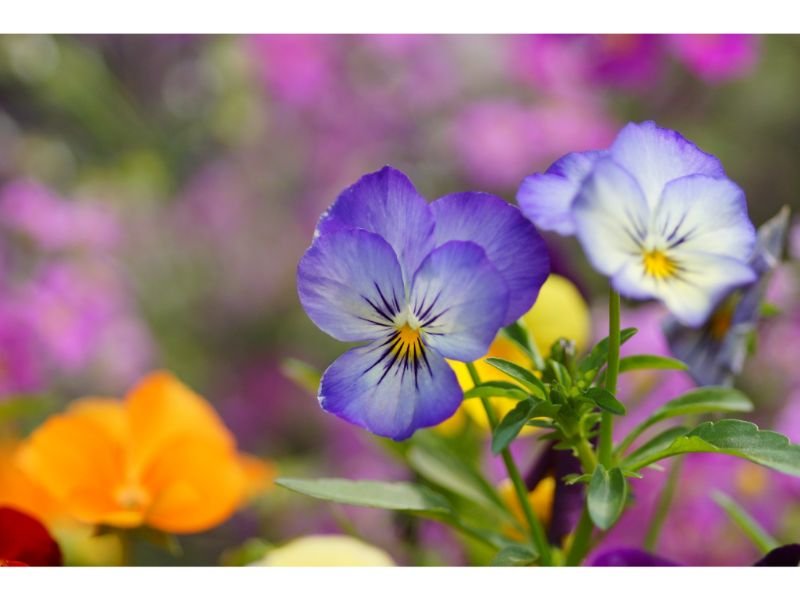
These cultivated species of common pansies have sparkling blue colors with deep dark blue or bright yellow center and are available in colors like purple, white, and burgundy too. Dried these edible blue flower petals to make a delicious cup of tea or sprinkle the blooms on your salad or special occasion dish. What’s more unique, the chemical contents of a lady’s delight differ regarding its blooming stage. Wait for the time when it’s fully matured to get the highest composition of antioxidants and fatty-acid.
Blue Crane’s-bill Geranium
Botanical name: Geranium maculatum
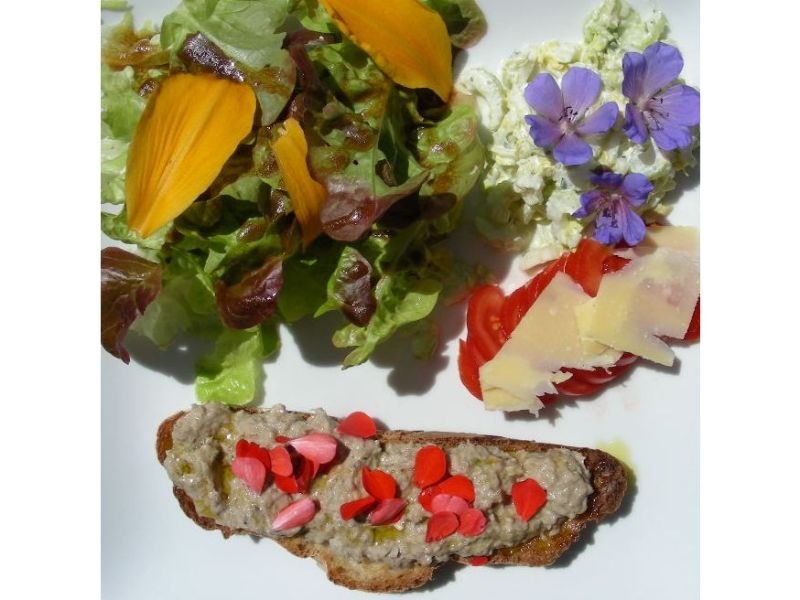
Edible blue flowers in the Geraniaceae Family, blue crane’s bill-geranium, or simply just blue crane’s bill, are hardy plants suitable to be grown either as perennial or annual in every hardiness zone. So cold temperatures or hot, humid areas are not a burden for these tiny, 5-petaled flowers. Due to its high flavonoid, phenolic, and flavonol extracts, blue crane’s bill geranium can be used to soothe pains.
How To Know If Edible Blue Flowers Are Safe?
Most previous research has shown that many blue flowers are safe to be ingested, for example, several blue flowers we have stated before. But what about any other plants that also produce blue blooms? To check this out, we can adapt the edibility test.
First, identify the taste. Even though bitter taste can’t be an indicator of whether the blue flowers are edible or not, generally, bitter taste in plants is linked to toxicity. The noxious level can be either low, medium, or severely high.
Second, do the skin test. Pick one or two of the blue flower’s petals and see if there are any physical reactions such as skin rash, burning sensation, or itchiness.
Third, eat a small portion of the blue flower’s blooms and wait for at least 8 hours to see if there’s any discomfort. If nothing happens, then it’s safe to say that the blue flowers are edible. But please note that this is the least recommended way to check if a blue flower is edible or not.
Check out the video below from Expertvillage on how to identify edible flowers:
What to do if there’s an unwanted physical reaction after eating blue edible flowers?
The first thing you have to do is to contact and get help from any medical supervisors. Get rid of all the blue flowers away from everyone, especially from kids and pets too. Also, take note as a reminder to not consume the blue flowers presently. Signs like vomiting, headache, diarrhea, and itchiness may occur when you get poisoning so be aware.
Bottom Line
To conclude, various species of edible blue flowers carry countless health and beauty purposes. You can always pick one whether for food garnishes, as another collection to your garden, or more, to treat common diseases like flu and cough. Consult your local gardener and make sure to wash the blue flowers to be freed them from insecticide and any other harmful chemicals.

New author in the hood. Loves gardening and flowers are my spirit animals (yes I know they are not animals but I insist). I will be covering most of the flowers’ topics here and occasionally random though as well.

